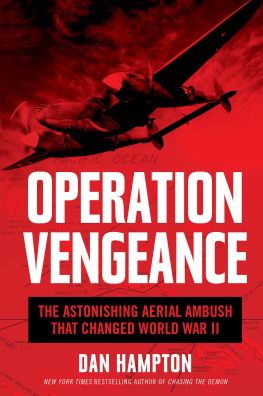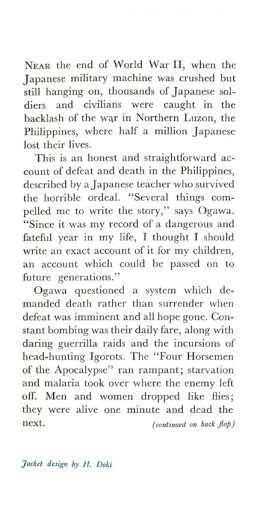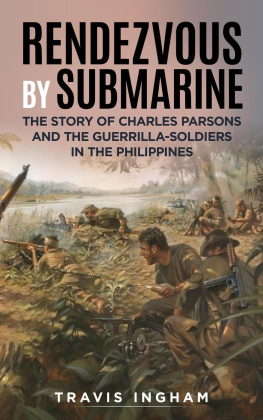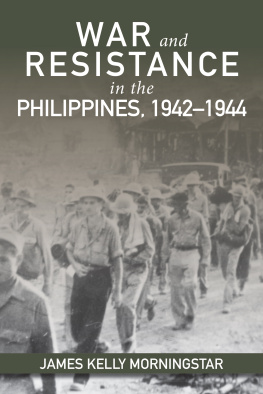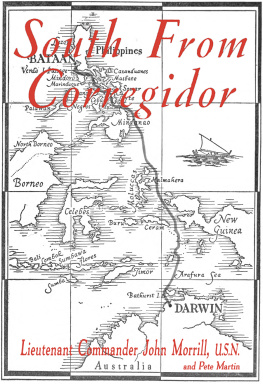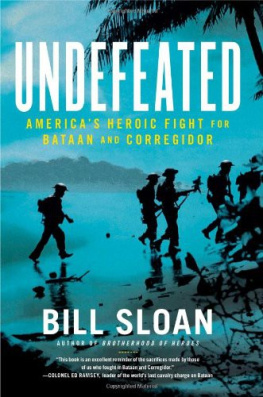Dan Hampton - Valor: The Astonishing World War II Saga of One Mans Defiance and Indomitable Spirit
Here you can read online Dan Hampton - Valor: The Astonishing World War II Saga of One Mans Defiance and Indomitable Spirit full text of the book (entire story) in english for free. Download pdf and epub, get meaning, cover and reviews about this ebook. City: New York, year: 2022, publisher: St. Martins Press, genre: History. Description of the work, (preface) as well as reviews are available. Best literature library LitArk.com created for fans of good reading and offers a wide selection of genres:
Romance novel
Science fiction
Adventure
Detective
Science
History
Home and family
Prose
Art
Politics
Computer
Non-fiction
Religion
Business
Children
Humor
Choose a favorite category and find really read worthwhile books. Enjoy immersion in the world of imagination, feel the emotions of the characters or learn something new for yourself, make an fascinating discovery.

- Book:Valor: The Astonishing World War II Saga of One Mans Defiance and Indomitable Spirit
- Author:
- Publisher:St. Martins Press
- Genre:
- Year:2022
- City:New York
- Rating:4 / 5
- Favourites:Add to favourites
- Your mark:
Valor: The Astonishing World War II Saga of One Mans Defiance and Indomitable Spirit: summary, description and annotation
We offer to read an annotation, description, summary or preface (depends on what the author of the book "Valor: The Astonishing World War II Saga of One Mans Defiance and Indomitable Spirit" wrote himself). If you haven't found the necessary information about the book — write in the comments, we will try to find it.
Valor is the magnificent story of a genuine American hero who survived the fall of the Philippines and brutal captivity under the Japanese, from New York Times bestselling author Dan Hampton.
Lieutenant William Frederick Bill Harris was 25 years old when captured by Japanese forces during the Battle of Corregidor in May 1942. This son of a decorated Marine general escaped from hell on earth by swimming eight hours through a shark-infested bay; but his harrowing ordeal had just begun.
Shipwrecked on the southern coast of the Philippines, he was sheltered by a Filipino aristocrat, engaged in guerilla fighting, and eventually set off through hostile waters to China. After 29 days of misadventures and violent storms, Harris and his crew limped into a friendly fishing village in the southern Philippines. Evading and fighting for months, he embarked on another agonizing voyage to Australia, but was betrayed by treacherous islanders and handed over to the Japanese. Held for two years in the notorious Ofuna prisoner-of-war camp outside Yokohama, Harris was continuously starved, tortured, and beaten, but he never surrendered. Teaching himself Japanese, he eavesdropped on the guards and created secret codes to communicate with fellow prisoners. After liberation on August 30, 1945, Bill represented American Marine POWs during the Japanese surrender in Tokyo Bay before joining his father and flying to a home he had not seen in four years.
Valor is a riveting new look at the Pacific War. Through military documents, personal photos, and an unpublished memoir provided by his daughter, Harris experiences are dramatically revealed through his own words in the expert hands of bestselling author and retired fighter pilot Dan Hampton. This is the stunning and captivating true story of an American hero.
Dan Hampton: author's other books
Who wrote Valor: The Astonishing World War II Saga of One Mans Defiance and Indomitable Spirit? Find out the surname, the name of the author of the book and a list of all author's works by series.

